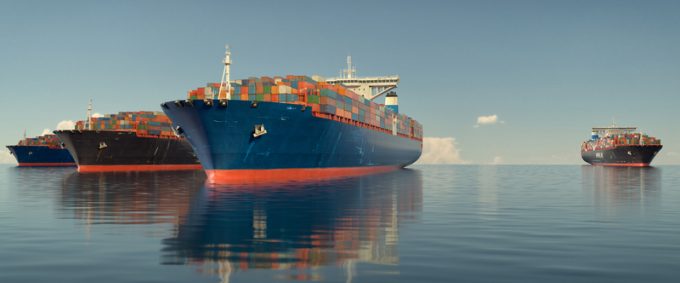Maersk developing the tech to create the 'Amazon of logistics'
Maersk is looking to build an “Amazon for logistics” with its integrator strategy, supported by ...

Enforced schedule changes, with ships diverted via the Cape of Good Hope due to Houthi attacks in the Red Sea, are prompting carriers to launch more hub & spoke-type services to plug the gaps in their networks.
This is particularly the case for services to and from the Mediterranean, the most affected by the omission of Suez Canal transits. Moreover, weekly transhipment links have also become a viable option for carriers that need to rationalise port calls in both Asia and ...
Volcanic disruption at Anchorage could hit transpacific airfreight operations
Macron calls for ‘suspension’ – CMA CGM's $20bn US investment in doubt
De minimis exemption on shipments from China to the US will end in May
Forwarders stay cool as US 'liberation day' tariffs threaten 'global trade war'
Trump tariffs see hundreds of cancelled container bookings a day from Asia
Mixed response in US to 'Liberation Day', while China leads wave of retaliation
Tariffs and de minimis set air freight rates on a volatile course

Comment on this article